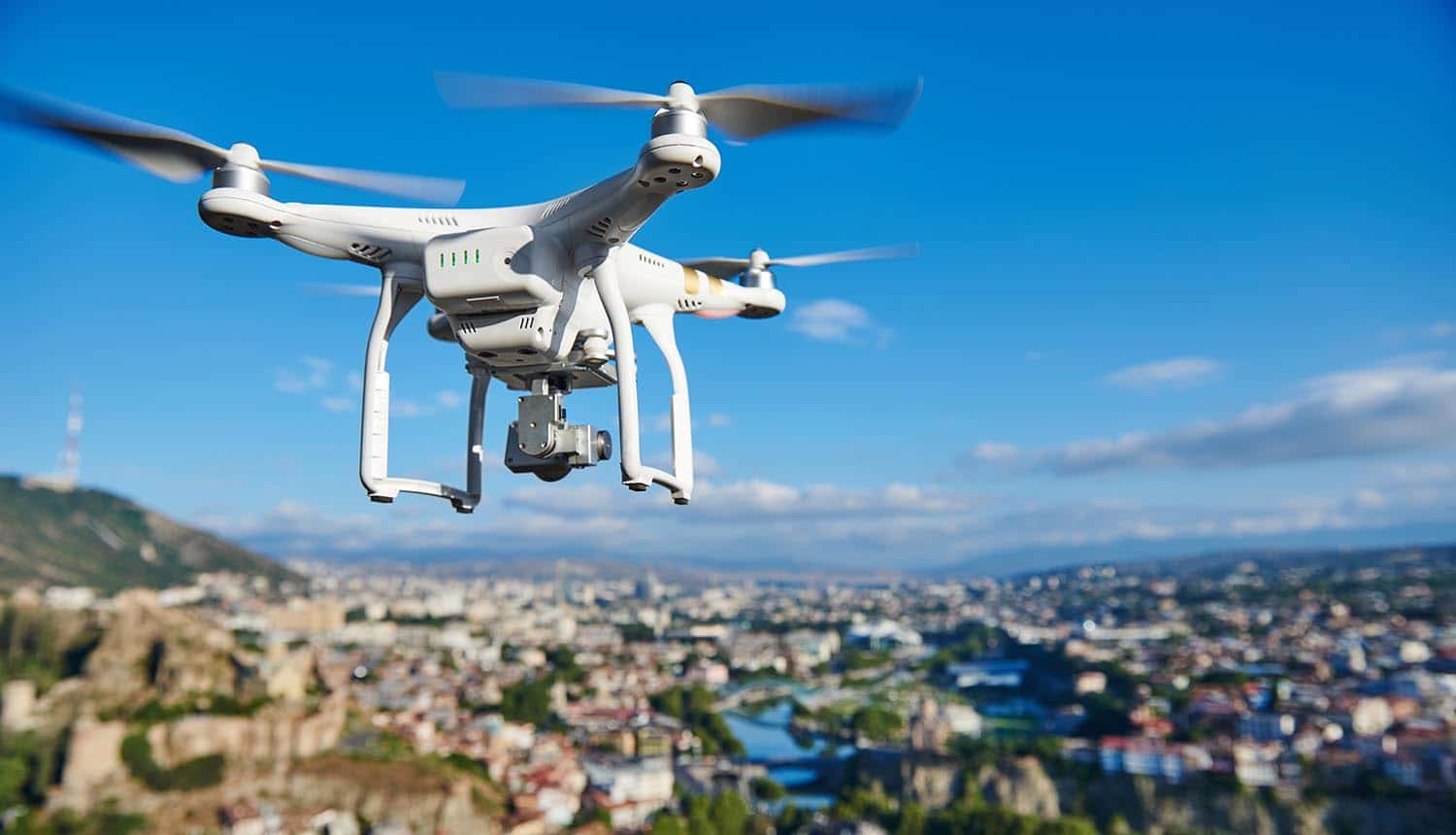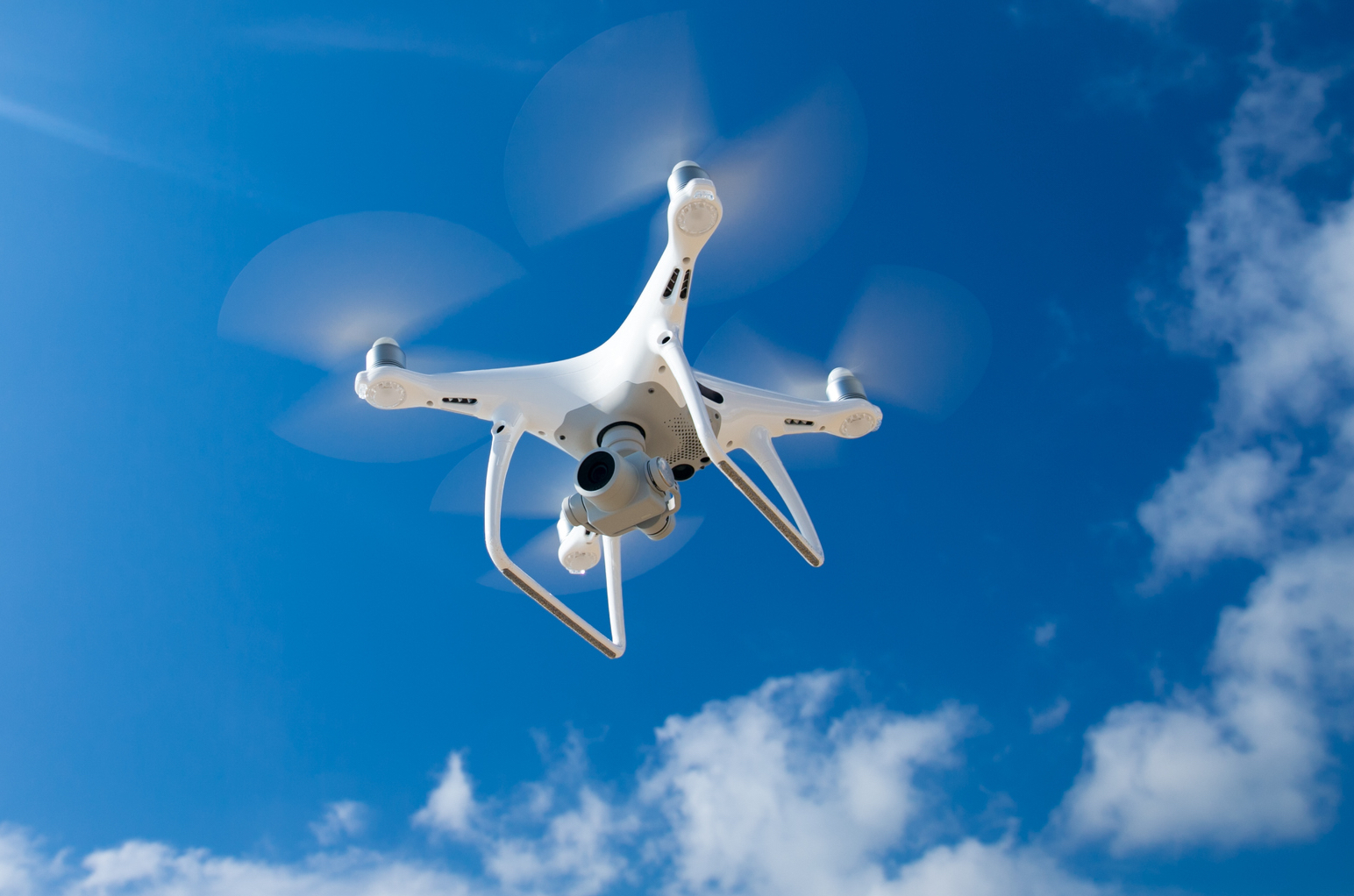Sky elements drones are revolutionizing atmospheric research, offering unprecedented opportunities for data collection and analysis. These unmanned aerial vehicles (UAVs), equipped with a range of sophisticated sensors, provide a flexible and cost-effective alternative to traditional methods. This exploration delves into the technology, applications, safety considerations, and future potential of this rapidly evolving field.
From measuring temperature and humidity profiles to monitoring air pollution and studying weather patterns, drones are transforming our understanding of the atmosphere. This comprehensive overview examines the various types of drones employed, the data acquisition and analysis processes, relevant safety regulations, and the diverse applications across meteorology, environmental science, and aviation.
Drone Technology in Atmospheric Research
The utilization of unmanned aerial vehicles (UAVs), commonly known as drones, has revolutionized atmospheric research, offering unprecedented capabilities for data acquisition and analysis. Their maneuverability, accessibility, and cost-effectiveness compared to traditional methods make them invaluable tools for studying various atmospheric phenomena.
Types of Drones Used for Sky Element Observation
A variety of drone platforms are employed in atmospheric research, each tailored to specific observational needs. These range from small, lightweight quadcopters ideal for localized measurements to larger, fixed-wing drones capable of covering extensive areas. Multirotor drones provide excellent stability for precise hovering and sensor deployment, while fixed-wing drones offer longer flight times and greater range. Hybrid designs combine the benefits of both.
The choice of drone depends on factors like payload capacity, flight duration, operational range, and the specific atmospheric parameters being measured.
Advantages and Disadvantages of Drone-Based Data Collection
Compared to traditional methods like weather balloons and ground-based stations, drones offer several advantages. They provide high-resolution spatial data, enabling detailed mapping of atmospheric variables. Their flexibility allows for targeted measurements in specific locations and altitudes. Deployment is often quicker and cheaper than traditional methods. However, drones have limitations.
Flight time is restricted by battery life, weather conditions can impact operations, and regulatory restrictions may limit operational areas. Furthermore, data processing can be complex, requiring specialized software and expertise.
Sensors and Payloads for Atmospheric Research
A wide array of sensors and payloads are integrated onto drones for atmospheric research, providing diverse data collection capabilities. The selection depends on the specific research objectives.
| Sensor Type | Application | Measurement Range | Accuracy |
|---|---|---|---|
| Temperature Sensor | Measuring air temperature profiles | -50°C to +50°C | ±0.5°C |
| Humidity Sensor | Measuring relative humidity | 0% to 100% RH | ±2% RH |
| Pressure Sensor | Measuring atmospheric pressure | 300 to 1100 hPa | ±1 hPa |
| Wind Speed and Direction Sensor | Measuring wind speed and direction | 0 to 50 m/s | ±0.5 m/s |
| GPS | Determining drone location and altitude | Global Positioning | <5 meters |
| Air Quality Sensor (e.g., particulate matter, ozone) | Measuring air pollution levels | Variable depending on sensor type | Variable depending on sensor type |
Data Acquisition and Analysis of Sky Elements
Data acquisition using drones involves careful planning and execution. The process begins with defining research objectives and selecting appropriate sensors. Flight paths are planned to optimize data coverage, considering factors like wind conditions and regulatory restrictions. Data is then downloaded and processed using specialized software to correct for errors and calibrate measurements.
Data Collection Process

- Pre-flight checks: Ensure all equipment is functioning correctly and that the drone is properly calibrated.
- Flight planning: Design flight paths to optimize data coverage and avoid obstacles.
- Data acquisition: Deploy the drone and collect data according to the planned flight path.
- Data download: Retrieve the data from the drone’s onboard storage.
Data Processing and Analysis
- Data cleaning: Remove any erroneous or outlier data points.
- Data calibration: Correct for any sensor biases or drifts.
- Data interpolation: Fill in any gaps in the data using appropriate interpolation techniques.
- Data analysis: Perform statistical analysis and modeling to interpret the data.
Data Visualization Techniques
- Maps: Display spatial variations in atmospheric parameters.
- Graphs: Show temporal trends and correlations between different variables.
- 3D visualizations: Create immersive representations of atmospheric data.
- Animations: Illustrate the evolution of atmospheric phenomena over time.
Safety and Regulatory Aspects of Drone Operations
Safe and responsible drone operation is paramount in atmospheric research. Strict adherence to safety protocols and regulations is crucial to prevent accidents and ensure the integrity of research data. This includes careful flight planning, risk assessment, and compliance with all applicable laws and regulations.
Safety Protocols and Regulations
Operators must be aware of and comply with airspace regulations, including no-fly zones and altitude restrictions. Visual line-of-sight (VLOS) operation is typically required, unless specific exemptions are obtained. Emergency procedures must be in place to handle unexpected situations, such as drone malfunctions or loss of signal. Regular maintenance and inspections of the drone and its equipment are essential to prevent failures.
Potential Risks and Mitigation Strategies

Potential risks include drone collisions, equipment malfunctions, data loss, and adverse weather conditions. Mitigation strategies include pre-flight checks, redundant systems, data backups, and weather monitoring. Operators should also be trained in emergency procedures and have contingency plans in place.
Permits and Licenses
Operating drones for atmospheric research often requires specific permits and licenses. These vary depending on the location, type of drone, and research activities. Operators should check with the relevant aviation authorities to determine the necessary permissions before commencing any drone operations.
Applications of Sky Element Drones in Various Fields
Sky element drones find applications across diverse fields, offering unique insights into atmospheric processes and their impacts. Their use is particularly significant in meteorology, environmental monitoring, and aviation, among others.
Applications Across Different Fields

| Field | Application | Benefits | Limitations |
|---|---|---|---|
| Meteorology | Weather forecasting, storm tracking, atmospheric profiling | High-resolution data, real-time monitoring, cost-effectiveness | Limited flight time, weather dependency, regulatory restrictions |
| Environmental Monitoring | Air quality monitoring, pollution source identification, ecosystem studies | Localized measurements, accessibility to remote areas, cost-effective data collection | Sensor limitations, data processing complexity, environmental impact |
| Aviation | Airspace monitoring, airport security, drone traffic management | Improved situational awareness, enhanced security, efficient resource allocation | Integration challenges, data security concerns, regulatory compliance |
Studying Air Pollution and Environmental Impact
Drones equipped with air quality sensors can provide detailed maps of pollutant concentrations, enabling the identification of pollution sources and the assessment of their impact on human health and the environment. This data can inform environmental policies and mitigation strategies.
Contribution to Weather Forecasting and Climate Modeling
Drone-based atmospheric data contributes to improved weather forecasting models by providing high-resolution observations of temperature, humidity, wind speed, and other parameters. This data can also be used to validate and refine climate models, leading to more accurate predictions of future climate change.
Future Trends and Innovations in Sky Element Drones
Ongoing advancements in drone technology are poised to significantly enhance sky element research. These advancements encompass improvements in drone platforms, sensor technology, data processing techniques, and autonomous capabilities.
Advancements in Drone Technology
Future drones will likely feature longer flight times, increased payload capacities, improved sensor accuracy, and enhanced autonomous navigation capabilities. The development of hybrid propulsion systems and advanced battery technologies will extend operational range and endurance. Miniaturization of sensors will allow for the integration of a wider range of instruments onto smaller platforms.
Challenges and Opportunities
Challenges include improving data reliability and consistency across different sensors and platforms. Addressing regulatory hurdles and ensuring data security are also critical. Opportunities lie in developing more sophisticated data processing and analysis techniques, integrating drone data with other sources, and utilizing artificial intelligence for autonomous data collection and analysis.
Conceptual Framework for a Future Drone System
A future drone system for autonomous atmospheric data collection and analysis could incorporate advanced AI algorithms for autonomous flight planning, sensor control, and data processing. This system would be capable of real-time data analysis and anomaly detection, enabling rapid response to changing atmospheric conditions. The system could also incorporate machine learning techniques for predictive modeling and forecasting.
Sky Elements drones are known for their innovative designs and reliable performance in various applications. However, even with meticulous planning, accidents can occur, as highlighted by a recent incident detailed in this report on a drone show accident. Understanding such events is crucial for improving safety protocols and ensuring the continued responsible use of Sky Elements drones in aerial displays and other projects.
Illustrative Examples of Drone-Based Atmospheric Studies
A noteworthy example is a study conducted in California to investigate wildfire smoke plumes. Drones equipped with various sensors were deployed to measure the concentration of particulate matter, carbon monoxide, and other pollutants within and around the smoke plumes. This provided real-time data on the spatial distribution and temporal evolution of pollutants, informing emergency response efforts and public health advisories.
Case Study Methodology, Results, and Implications, Sky elements drones
The study utilized multiple drones equipped with sensors measuring temperature, humidity, wind speed, and various air pollutants. Flight paths were designed to intersect the smoke plumes at various altitudes. Data were collected at high spatial and temporal resolutions. Results showed distinct spatial patterns in pollutant concentrations, indicating the influence of topography and wind patterns on smoke dispersion.
Sky elements drones are increasingly used for spectacular displays, showcasing advancements in both drone technology and choreography. For a prime example of this, consider the breathtaking visuals offered at the orlando drone show , a truly captivating event. The precision and artistry on display highlight the potential of sky elements drones to create immersive and unforgettable experiences.
The study’s implications highlighted the effectiveness of drones in monitoring air quality during wildfire events and informing public health strategies.
Visual Representation of Data
The data were visualized using 3D maps showing the spatial distribution of pollutant concentrations. Color gradients represented pollutant levels, with warmer colors indicating higher concentrations. Temporal variations were illustrated using animated maps showing the movement and evolution of the smoke plumes over time. This visualization effectively communicated the complexity of smoke dispersion and the impact of wildfire smoke on air quality.
The utilization of sky elements drones in atmospheric research represents a significant advancement, enabling more efficient, precise, and comprehensive data collection than ever before. As technology continues to evolve, we can anticipate even greater contributions to our understanding of atmospheric phenomena, leading to improved weather forecasting, environmental monitoring, and ultimately, a more sustainable future. The ongoing development and refinement of drone technology, coupled with advancements in data analysis techniques, promise to unlock even more profound insights into the complexities of our atmosphere.
Questions Often Asked: Sky Elements Drones
What is the typical flight time for atmospheric research drones?
Sky Elements Drones specializes in crafting breathtaking aerial displays, utilizing cutting-edge technology for seamless, synchronized drone formations. However, even with meticulous planning, accidents can occur, as highlighted by a recent incident detailed in this report: drone show accident. Understanding such events helps Sky Elements Drones refine safety protocols and enhance the overall reliability of our drone shows, ensuring future performances are both spectacular and secure.
Flight times vary greatly depending on the drone model, payload, and weather conditions, ranging from 30 minutes to several hours.
How are drone-collected data validated?
Data validation often involves comparing drone measurements with data from established ground-based stations and weather balloons to ensure accuracy and reliability.
What are the limitations of using drones for atmospheric research?
Limitations include factors like weather conditions (high winds, precipitation), battery life, regulatory restrictions on airspace, and potential interference from other electronic devices.
What are the costs associated with using drones for atmospheric research?
Costs vary widely depending on the drone system, sensors, software, data analysis, and operational expenses. Initial investment can be substantial, but operational costs can be lower than traditional methods in some cases.